RSS
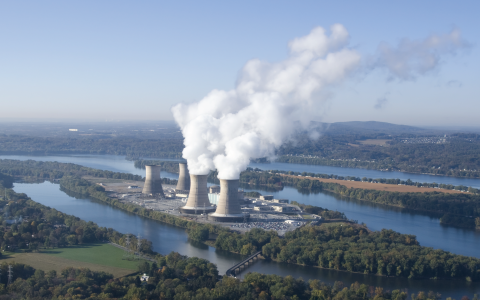
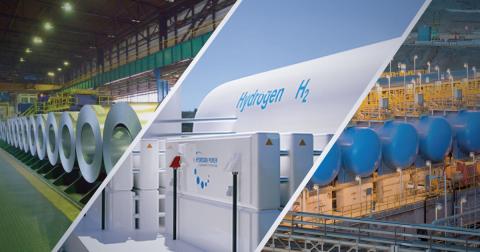
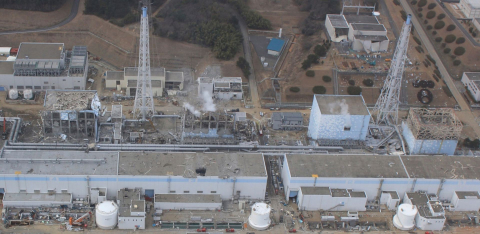
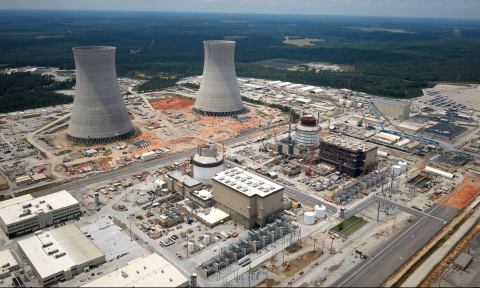
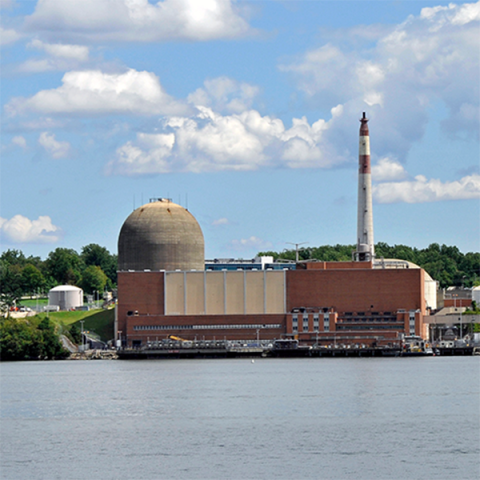
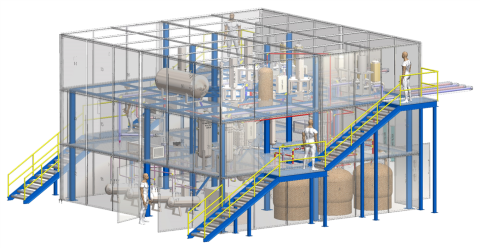
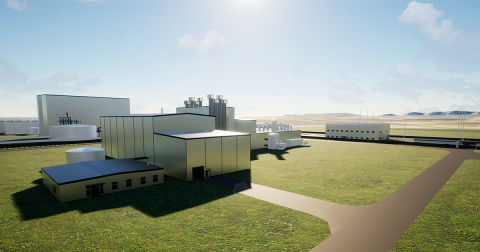
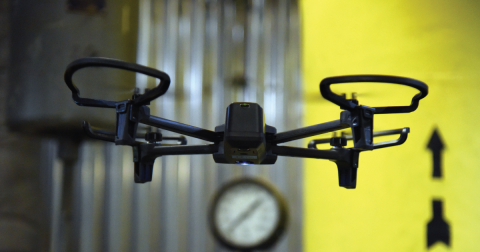
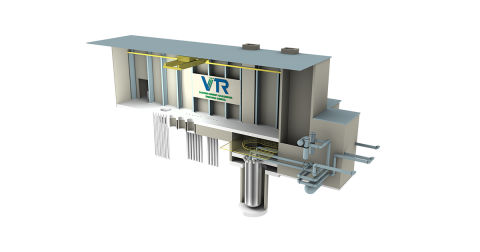
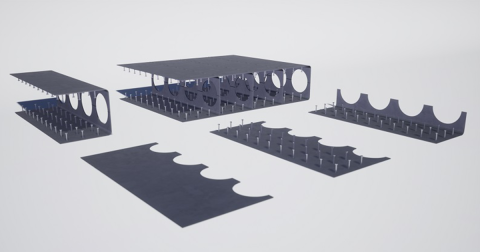

Facts to know about the accident at Three Mile Island in 1979.

Three surprising ways industries could leverage nuclear energy to further help decarbonize our society.

The U.S. government has been collaborating with Japan to further our understanding about the 2011 Fukushima Daiichi Nuclear Power Plant accident progressions to apply that knowledge to enhance nuclear safety.

The biggest nuclear energy storylines to watch in the new year.

Net-zero is a lofty goal, but it is achievable as long as we continue to leverage our existing clean energy assets while we work to deploy new one with the help of the Civil Nuclear Credit program established by the Bipartisan Infrastructure Law.

Southern Company and TerraPower are developing a molten chloride fast reactor that uses liquid salts as both a coolant and fuel.

TerraPower's decision to build its advanced reactor in Wyoming expected to create jobs and clean energy opportunities for the state.

INL's ROUNDS software provides a new cost-effective method to make standard drones with cameras capable of autonomously performing jobs around a nuclear power plant.

DOE's Dr. Kathryn Huff breaks down the importance of demonstrating new reactor technologies and expanding the Department's R&D infrastructure.

Advanced construction technologies that could reduce the construction costs of building new reactors by more than 10% and significantly lower the scheduling risks associated with them.

